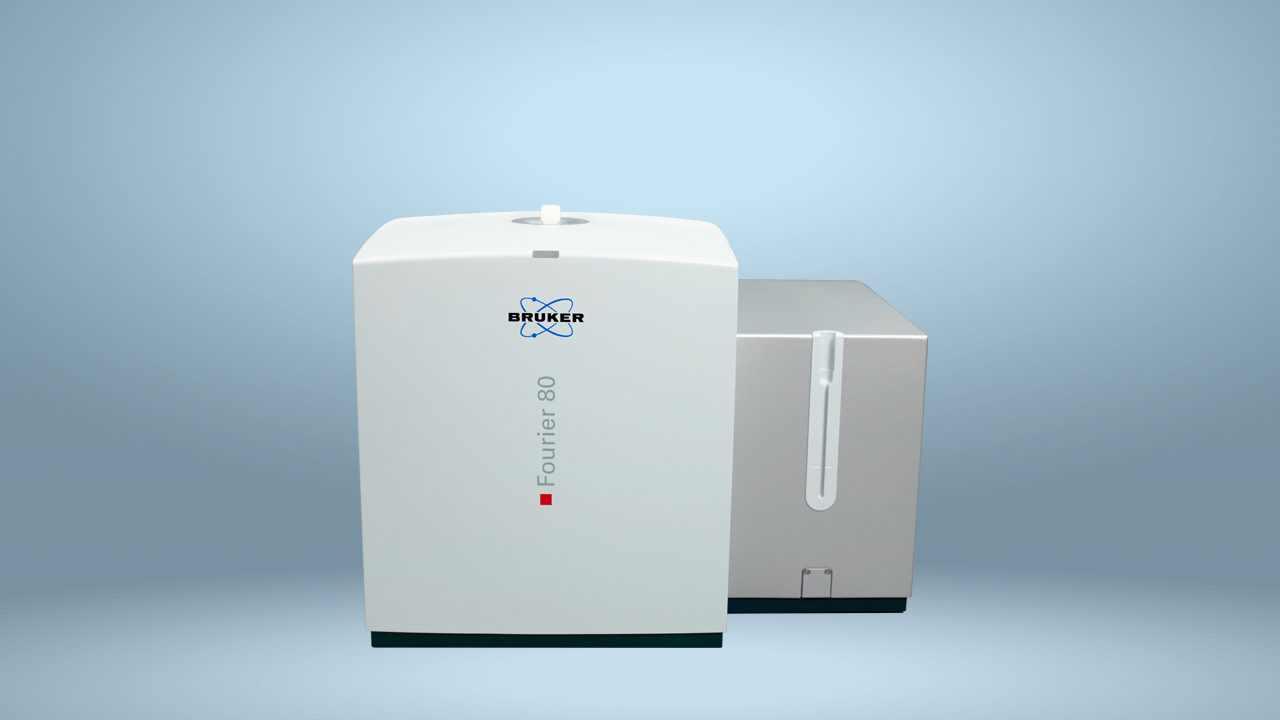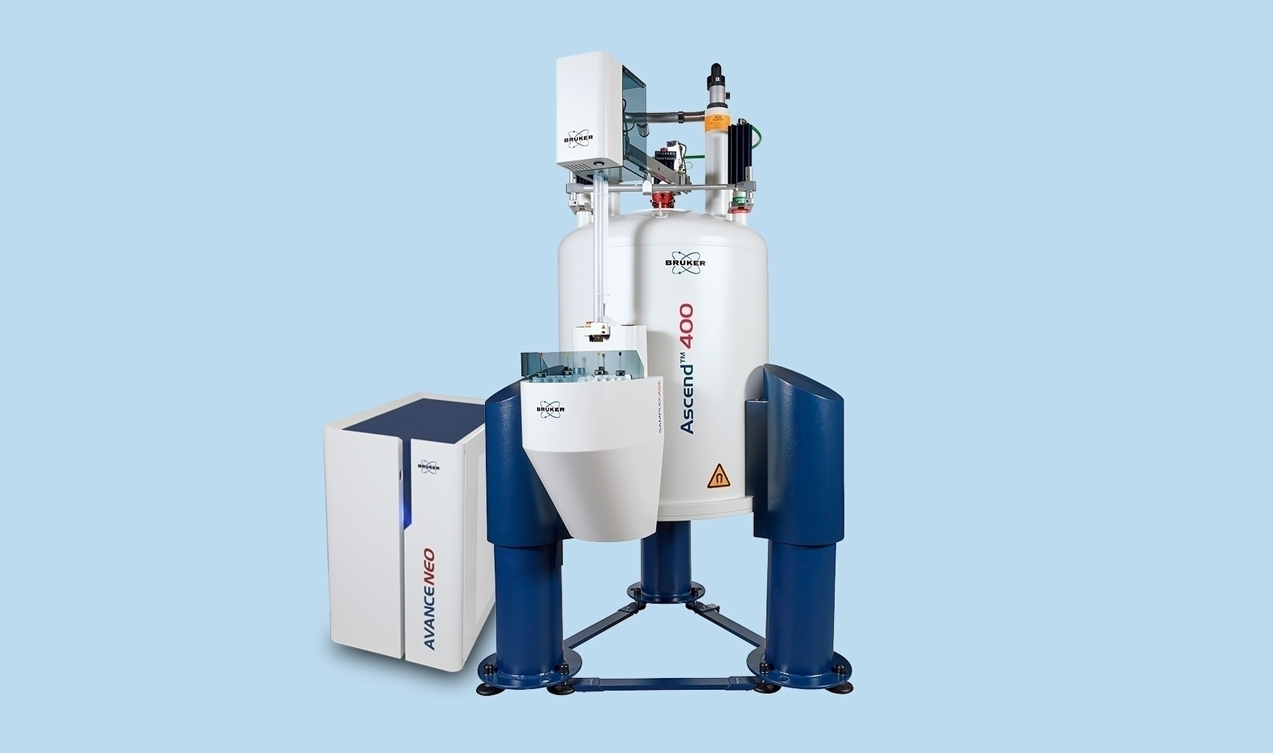

An Integrated Approach to Identifying New Psychoactive Substances
An Integrated Approach to Identifying New Psychoactive Substances
The emergence of new psychoactive substances (NPS), or designer drugs, is a continuing issue for drug enforcement agencies. These drugs are designed to mimic the effects of controlled substances but circumvent controlled substances legislation with a slightly modified novel chemical structure. In Europe, 100 such drugs were reported to the European Union (EU) monitoring agency in 2015, an increase of 25% on the previous year. And in 2013, there were around 35,000 seizures of NPS. Ever since, the global rate of new occurences varied between 50 and 100 per year. The perceived legality of these substances may give consumers the false impression that they are safer than controlled drugs. However, they can in fact be more toxic than the substances they seek to mimic including drastic side effects.
A challenge for enforcement is that, by their very nature, these substances have not been characterized, meaning a lack of reference standards to facilitate their detection. In the EU, customs authorities play a critical role in detecting NPS as they arrive into Europe. But most customs laboratories do not have access to advanced analytical tools such as nuclear magnetic resonance (NMR) or high-resolution tandem mass-spectrometry (HR-MS/MS).
In the EU, the Joint Research Centre of the European Commission is responsible for identifying unknown substances seized by customs. The Joint Research Centre established a research project to help advance the rapid identification of NPS. As part of this, they conducted a study to characterize two drugs sent from China that were seized by European customs on their way to a buyer. The buyer intended to purchase 5F-AMB, a synthetic cannabinoid, and Clonazolam, a designer benzodiazepine. These drug types are often used together to either enhance one drug’s high or reduce its adverse effects. The team explored how integrating information from different techniques and instruments can be used to achieve full analytical confirmation of a new unknown substance.
A Series of Analyses
Customs laboratories can perform routine substance analysis with gas chromatography mass spectrometry (GC-MS) or Fourier Transform infrared (FTIR) spectroscopy. These techniques can indicate the chemical structure of an unknown substance, but not a full identification. They can be sufficient if the substance is previously known or by spectral library search and match. For the two samples in this study, GC-MS and FTIR for the first sample showed a close match with existing analytical data for 5F-AMB. The second sample did not match existing data but showed some similarity to existing spectra for an indazole-based synthetic cannabinoid called AB-CHMINACA.
The researchers obtained NMR spectra for the two samples at 300 K on a Bruker Avance III HD 600 spectrometer equipped with a 5 mm QCI cryoprobe, allowing for structural elucidation.
They then performed HR-MS/MS to obtain an accurate mass spectrum and precise determination of the monoisotopic mass. This data was in agreement with the NMR spectroscopic data. The NMR data also facilitated fragmentation matching because the theoretical structure of the molecule was known.
The team also performed Raman spectroscopy on the drug samples. This data, when combined with the NMR data, allowed them to confirm their proposed structure for the two substances.
A Dangerous Combination
Integrating the information obtained from the series of analyses, the researchers identified the substances as 5F-AMB and another synthetic cannabinoid APP-CHMINACA, also known as PX-3. The buyer intended to purchase one synthetic cannabinoid and one benzodiazepine, presumably for their synergistic effects. But the findings show they would instead have received two synthetic cannabinoids. These substances act similarly to cannabis but with greater toxicity and, if consumed together, could have led to severe intoxication. The authors say that the results highlight the hazard posed to consumers by NPS.
The researchers note that, even though GC-MS and FTIR can provide a lot of information about NPS, additional techniques are needed to carry out full analytical confirmation. GC-MS and FTIR are suitable for routine control as they are quick and cost-efficient. They can be sufficient to confirm the structure of a substance if it matches existing data. However, the researchers say that low-resolution MS instruments, like those typically used in routine control, will not be able to confirm the chemical structure of a new unknown substance. While confirming the structure of NPS remains challenging, they say their approach, with a complete integrated analytical strategy, permits the rapid and complete characterization of an unknown substance.
Innovation Builds
In this study, the researchers used a Bruker Avance NMR spectrometer. The latest edition in this series is the Avance Neo, which builds on the innovation brought to each previous generation. The Avance Neo offers enhanced digital control, improved dynamic range and even greater flexibility and scalability. One major feature is its ‘transceive’ technology, in which each NMR channel acts as both transmitter and receiver. This allows each channel to operate as an independent spectrometer, facilitating multi-receive experiments with ease. The Avance Neo includes a power distribution unit for ease of use and system power control, an embedded acquisition server and comes equipped with Bruker’s industry-standard TopSpin software.
End-to-end Solutions of Forensic Drug Testing
Bruker offers the broadest range of analytical techniques used globally in forensic drug analysis by law enforcement today. The portfolio includes benchtop and floor-standing NMR, optical methods like FTIR and Raman spectroscopy and mass spectrometry. This makes Bruker the only end-to-end solution provider with applications tagging into every stage of narcotics identification and quantification, from place of seizure where early detection is key to comprehensive in-depth analysis of new and unknown substances at high-performance forensic laboratories. We enable our customers to generate consistent analytical data for legal proceedings via various orthogonal technologies.
Reference
Vicente JL, Chassaigne H, Holland MV et al. Systematic analytical characterization of new psychoactive substances: A case study. Forensic Science International 2016; 265:107-115.
This application can also be used with our benchtop NMR system, the Fourier 80



